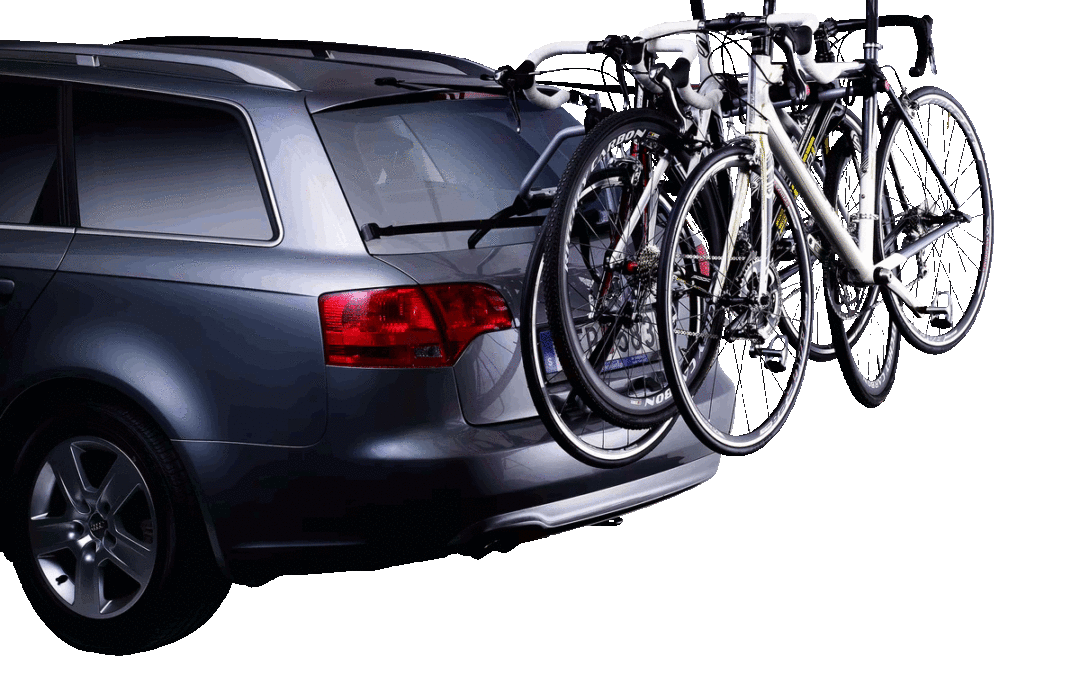Cycling enthusiasts often seek new trails and scenic routes, and having a reliable cycle carrier can make transporting bikes to these destinations a breeze. Cycle carriers, also known as bike racks, come in various types and designs, each offering unique advantages. This comprehensive guide will help you understand the different types of cycle carriers, how to install them, and tips for safe bike transport.
1. Types of Cycle Carriers
1.1 Roof-Mounted Carriers: Roof-mounted carriers attach to the roof bars of a vehicle. They keep the bikes secure and out of the way, preserving access to the trunk and rear of the car. These carriers are ideal for vehicles with roof rails and those who frequently carry other items on the rear of the vehicle.
Advantages:
- Keeps bikes away from road dirt and grime.
- Preserves access to the vehicle’s rear.
- Can carry multiple bikes depending on roof space.
Disadvantages:
- Increases vehicle height, which may be an issue with low clearances.
- Requires lifting bikes overhead, which can be challenging with heavy bikes.
1.2 Towbar-Mounted Carriers: Towbar-mounted carriers attach to the vehicle’s towbar, offering a sturdy and secure way to transport bikes. They come in two main designs: platform carriers, where bikes sit on a platform, and hanging carriers, where bikes hang by their frames.
Advantages:
- Easy to load and unload bikes.
- Can carry multiple bikes securely.
- Does not significantly increase vehicle height.
Disadvantages:
- Blocks access to the trunk unless it has a tilt function.
- Requires a towbar, which not all vehicles have.
1.3 Trunk/Hatch-Mounted Carriers: These carriers attach to the trunk or hatch of the vehicle using straps and hooks. They are typically more affordable and versatile, fitting a wide range of vehicles.
Advantages:
- Affordable and easy to install.
- Fits a wide variety of vehicles.
- No need for roof bars or a towbar.
Disadvantages:
- Can block rear visibility and access to the trunk.
- May not be as stable as roof or towbar-mounted options.
- Potential to scratch the vehicle’s paint if not properly installed.
1.4 Spare Tire-Mounted Carriers: These carriers attach to the spare tire mounted on the rear of some vehicles, like SUVs and Jeeps. They are convenient and easy to use, utilizing the spare tire’s mounting points.
Advantages:
- Easy to install and remove.
- Maintains access to the vehicle’s trunk.
- Ideal for vehicles with rear-mounted spare tires.
Disadvantages:
- Limited to vehicles with rear-mounted spare tires.
- Typically carries fewer bikes compared to other types.
2. Installation and Use
2.1 Roof-Mounted Carriers:
- Install roof bars if not already present.
- Attach the carrier to the roof bars following the manufacturer’s instructions.
- Lift the bike onto the carrier, securing it using the clamps or straps provided.
- Double-check all connections before driving.
2.2 Towbar-Mounted Carriers:
- Attach the carrier to the towbar, ensuring it is locked in place.
- Load the bikes onto the carrier, securing them with straps or clamps.
- Ensure the bikes are evenly distributed to maintain balance.
- Check that the carrier does not obstruct the vehicle’s lights or license plate.
2.3 Trunk/Hatch-Mounted Carriers:
- Position the carrier on the trunk or hatch, adjusting the straps to fit snugly.
- Secure the hooks to the edges of the trunk or hatch.
- Load the bikes, securing them with the straps provided.
- Ensure the carrier and bikes are stable and do not obstruct the rear view.
2.4 Spare Tire-Mounted Carriers:
- Attach the carrier to the spare tire, using the mounting points provided.
- Load the bikes, securing them with the straps or clamps.
- Double-check all connections to ensure stability.
3. Tips for Safe Transport
3.1 Regular Checks:
- Periodically check the carrier and bikes during your journey to ensure everything remains secure.
- Tighten any loose straps or clamps to prevent movement.
3.2 Visibility and Clearance:
- Ensure the carrier does not obstruct the vehicle’s lights, license plate, or rearview visibility.
- Be mindful of the increased height with roof-mounted carriers, especially when entering garages or passing under low-clearance obstacles.
3.3 Weight Distribution:
- Distribute the weight of the bikes evenly to maintain vehicle balance.
- Avoid exceeding the carrier’s maximum weight capacity to prevent damage or instability.
3.4 Security:
- Use additional locks or security devices to prevent theft, especially during stops.
- Park in well-lit, secure areas when leaving the vehicle unattended.
4. Conclusion
Choosing the right cycle carrier depends on your vehicle type, the number of bikes you need to transport, and your specific preferences. Whether you opt for a roof-mounted, towbar-mounted, trunk-mounted, or spare tire-mounted carrier, proper installation and adherence to safety tips are crucial for a hassle-free experience. By following this guide, you can ensure that your bikes are transported safely and securely, allowing you to focus on enjoying your cycling adventures.









